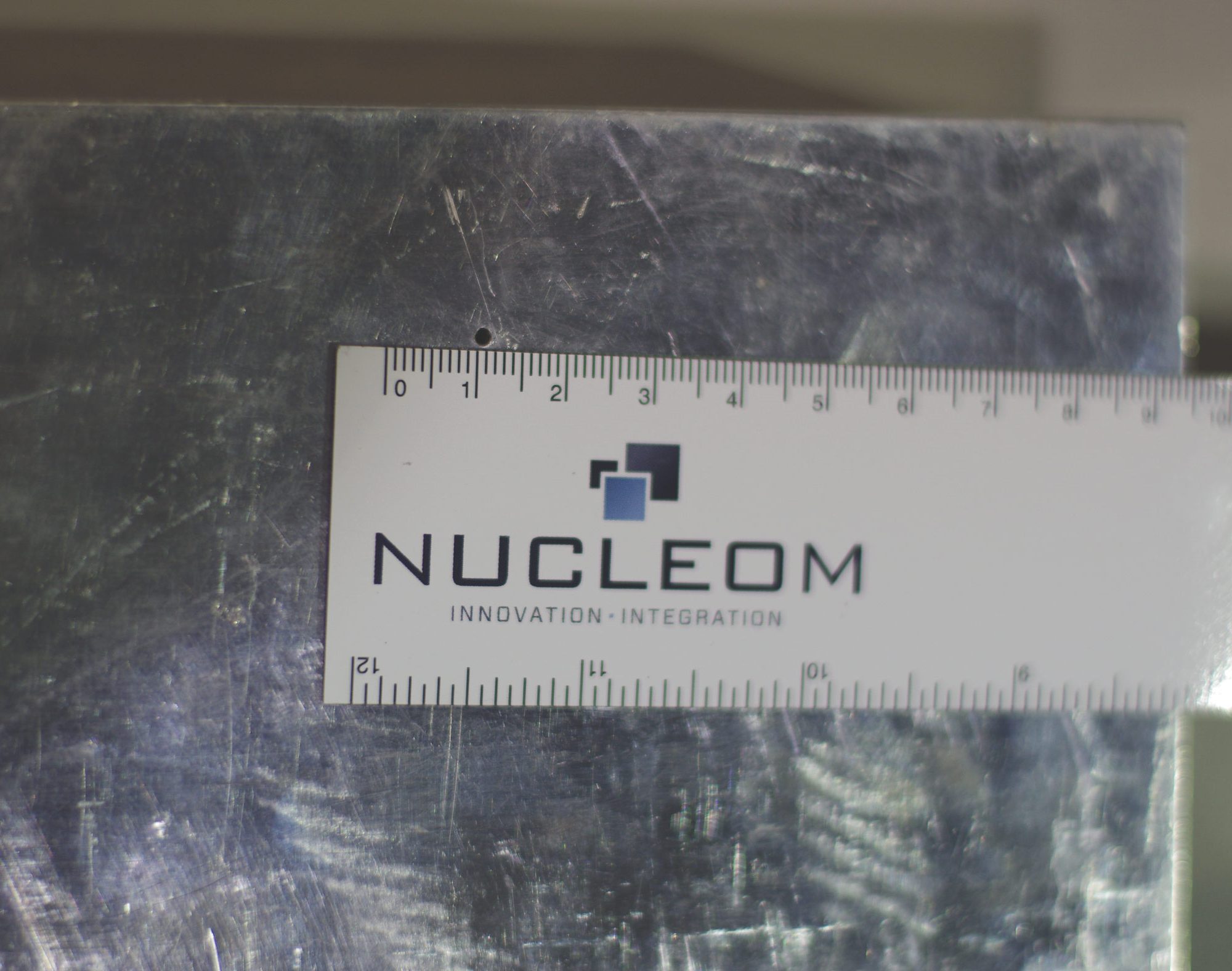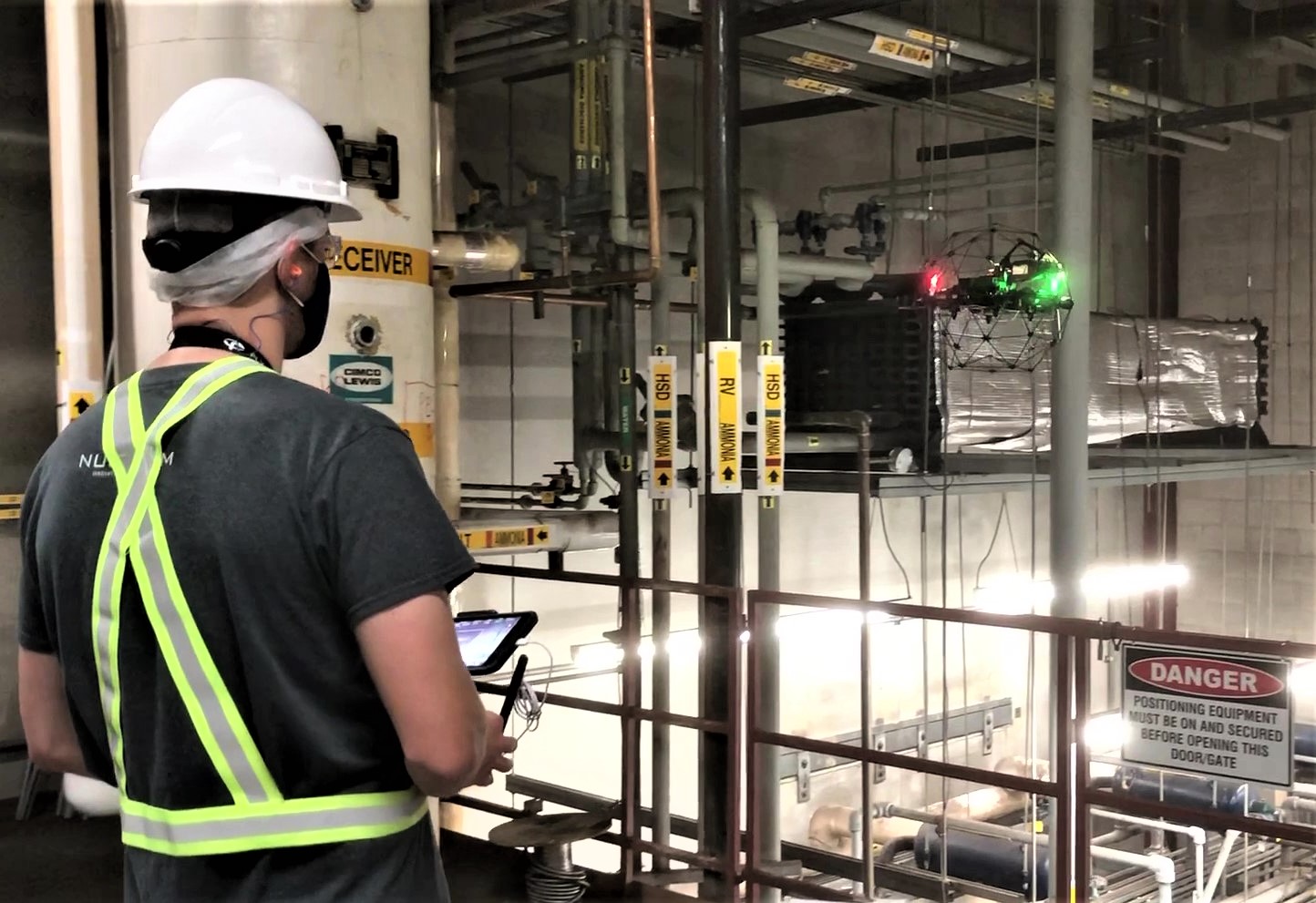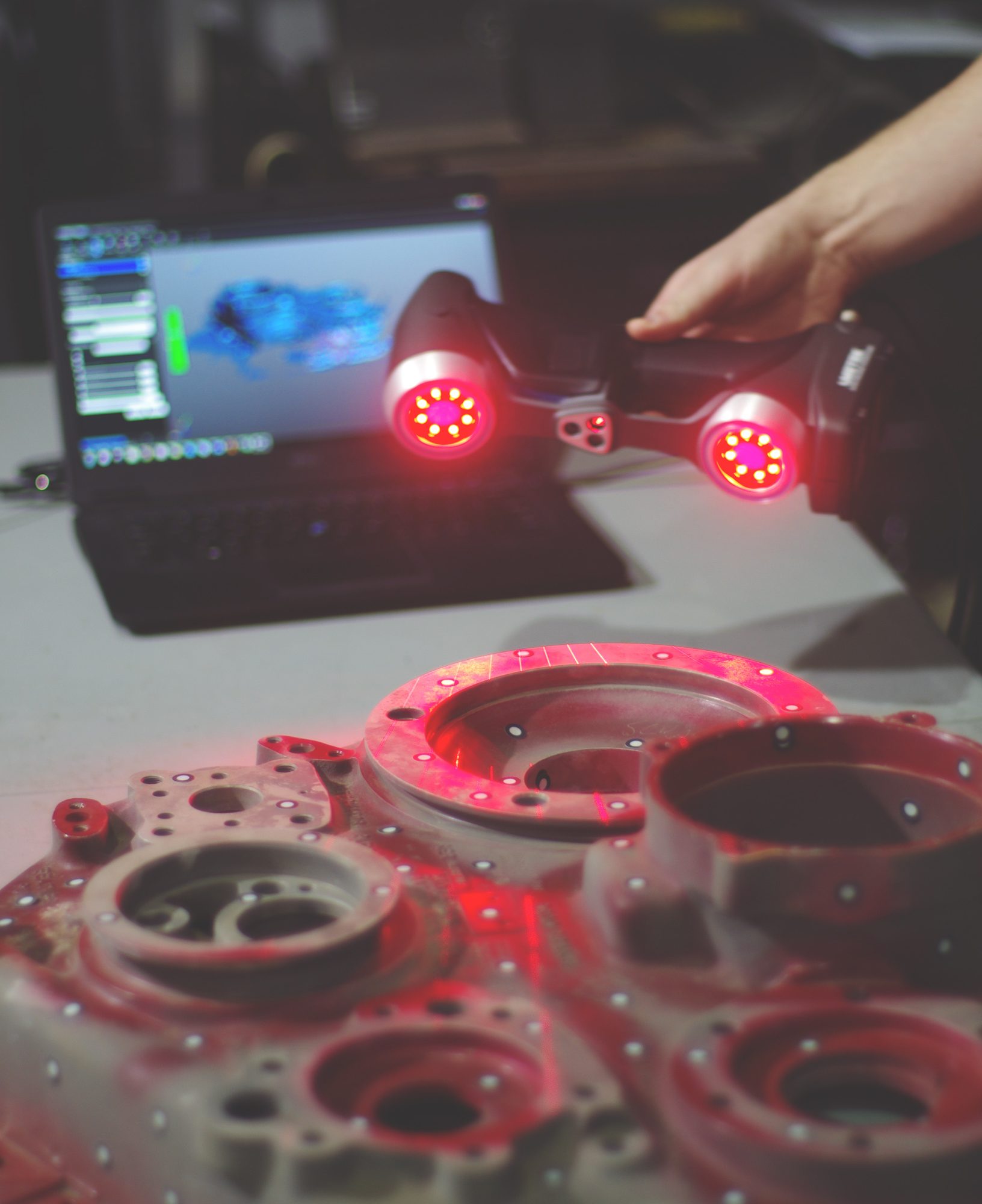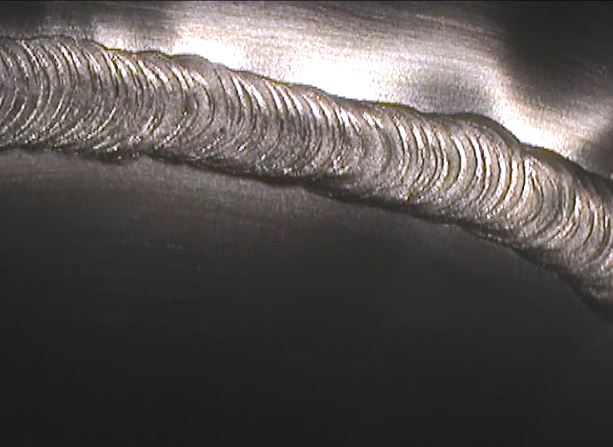Visual Inspection (VT)
Visual Testing (VT) is based on the inspection for flaws that are visible to the naked eye and is the most commonly used NDT method across all industries. It allows for a feasible and fast control of quality at every step of the fabrication or maintenance process.
Visual Testing (VT) is used to detect visible flaws such as deformation, welding defects and corrosion. Many tools can be used during the inspection such as a ruler, gauges, cameras, etc.
Advantages:
- Reduction in repair costs because of constant monitoring at every step of fabrication;
- Understanding of different degradation phenomena;
- Documentation of the observations using measurement tools;
- Very cost efficient and quick QC/QA technique.

Drone-based Visual Inspection
During the drone-based visual inspection, a collision tolerant drone can be deployed in confined spaces or inaccessible areas. A team composed of an inspector and a drone pilot conduct the inspection from a safe location enabled by a powerful lighting system, a 4k video camera and a thermal camera which is installed on the drone.
Advantages:
- Takes human operators out of risk;
- Greatly reduced costs by avoiding scaffolding or confined space entries;
- Greatly reduced (or even eliminated) downtime;
- Increased inspection speed;
- Flexible and versatile data.

3D Scan
3D scanner inspection and the application of 3D technology are new techniques that were introduced in various areas, such as the inspection of surfaces and metrology. 3D scanners along with their dedicated software allow for the integrity analysis of components and facilitate a precise assessment of their dimensions.
In refineries, 3D scanning is used to characterize corrosion and mechanical damages, offering efficient acquisition and analysis. The acquired data can easily be combined with ultrasound data for a complete profile of the part section, 3D providing the surface data while ultrasound provides the volumetric profile.
Advantages:
- Portable;
- Fast;
- High accuracy, precision and resolution;
- Ease of use;
- Versatile.

Remote Visual Inspection (RVI)
Remote Visual Inspection (RVI) is the evolution of the traditional visual testing and it is based on the use of flexible borescopes, videoscopes or similar equipment.
This technique evaluates the discontinuities or other degradation phenomena not accessible in-situ to the naked eye. The observations can then be evaluated based on the different codes or norms. A typical application is the inspection of the suction roller holes in the paper industry, or piping in the petrochemical and power generation industries.
Advantages:
- Evaluation of small dimension flaws;
- Reaches difficult to access areas;
- Comprehension of various degradation phenomena.

 How can Nucleom’s visual inspection solutions can contribute to the success of your project ?
How can Nucleom’s visual inspection solutions can contribute to the success of your project ?
Our team of experienced engineers and technicians will work with you to tailor a solution to your specific needs.